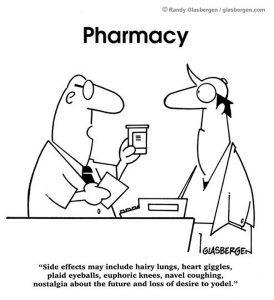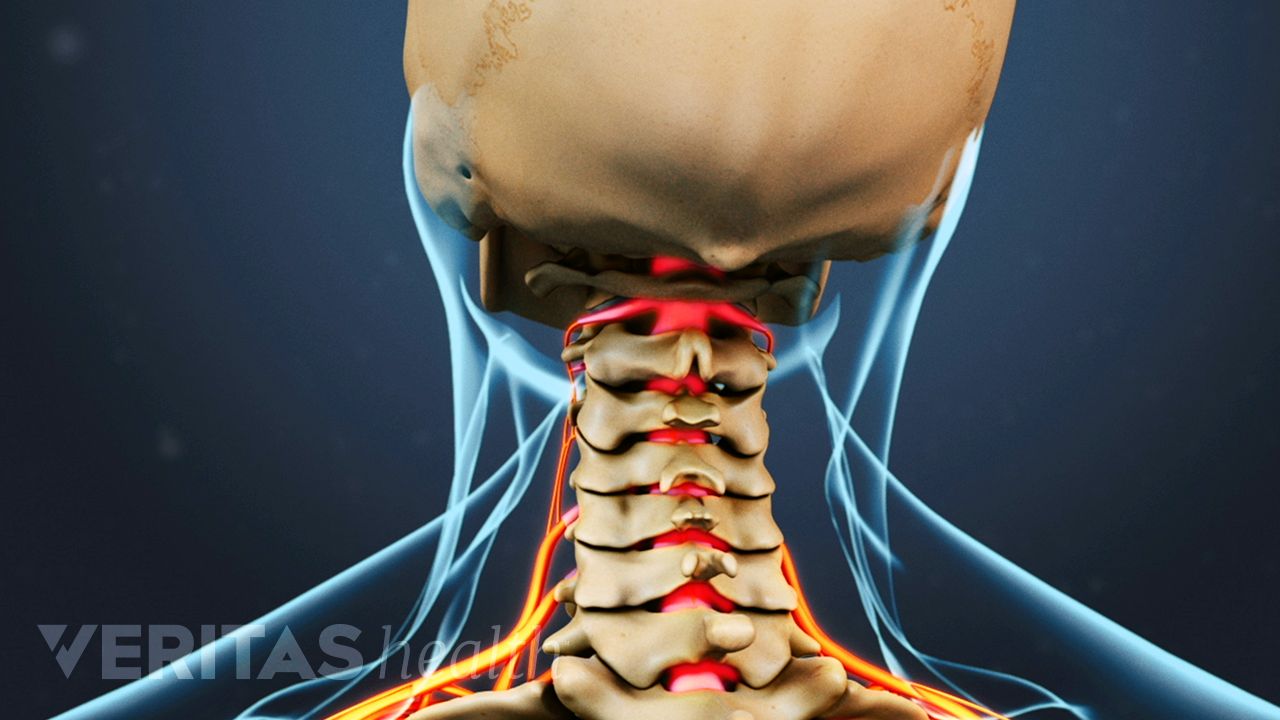Exercise Treats and Prevents Depression
 We all know physical activity can do wonders for lifting the mood, but new research shows that regular exercise may actually prevent the onset of depression.
We all know physical activity can do wonders for lifting the mood, but new research shows that regular exercise may actually prevent the onset of depression.
Although earlier research has demonstrated the positive effects of exercise on mental and physical health, there have been no major literature reviews analyzing the effects of exercise on the risk of depression.
Publishing in the American Journal of Preventive Medicine, PhD candidate George Mammen conducted the first longitudinal review of the effects of physical activity on mental health. The meta-analysis included 26 years of research including 30 peer-reviewed studies.
Even low levels of physical activity like walking or gardening for 30 minutes per day was enough to prevent depression, regardless of age. Although genetic predispositions can increase your risk of depression, the research shows that lifestyle habits can play a significant role in prevention.
“We need a prevention strategy now more than ever,” Mammen said. “Our health system is taxed. We need to shift focus and look for ways to fend off depression from the start.”
Of course, exercise has also been shown to prevent and reduce symptoms of chronic back pain, knee osteoarthritis, neck pain, migraine, and more.
“It’s definitely worth taking note that if you’re currently active, you should sustain it. If you’re not physically active, you should initiate the habit,” Mammen noted. “This review shows promising evidence that the impact of being active goes far beyond the physical.”
References
Moderate exercise not only treats, but prevents depression. Media Room. http://media.utoronto.ca/media-releases/moderate-exercise-not-only-treats-but-prevents-depression/
George Mammen, Guy Faulkner. Physical Activity and the Prevention of Depression. American Journal of Preventive Medicine, 2013; 45 (5): 649 DOI:10.1016/j.amepre.2013.08.001
Shared from the following website: https://www.chironexus.net/2013/11/exercise-treats-prevents-depression/
 People are becoming increasingly aware of the dangers that can result from the overuse of antibiotics. When antibiotics were first discovered in the early 20th century, researchers believed that they had found the key to conquering many deadly diseases. Since that time, antibiotics have certainly helped to cure diseases that once wiped out large parts of the population. However, there is growing evidence that antibiotics are now being used too frequently, and that they are often being used in inappropriate circumstances. This has led to many previously curable diseases becoming antibiotic-resistant, which means that a cure now requires the use far stronger antibiotics. In fact, some diseases have now become resistant to nearly all antibiotics. It is obvious that if antibiotic use continues in this way, we may have a major health crisis on our hands.
People are becoming increasingly aware of the dangers that can result from the overuse of antibiotics. When antibiotics were first discovered in the early 20th century, researchers believed that they had found the key to conquering many deadly diseases. Since that time, antibiotics have certainly helped to cure diseases that once wiped out large parts of the population. However, there is growing evidence that antibiotics are now being used too frequently, and that they are often being used in inappropriate circumstances. This has led to many previously curable diseases becoming antibiotic-resistant, which means that a cure now requires the use far stronger antibiotics. In fact, some diseases have now become resistant to nearly all antibiotics. It is obvious that if antibiotic use continues in this way, we may have a major health crisis on our hands. There is no medical definition for a “superfood”. Food manufacturers are eager to use the word to promote sales of their products that contain traces of supposed superfoods such as blueberries, pomegranates and chocolate. The Oxford English Dictionary defines a superfood as “a nutrient-rich food considered to be especially beneficial for health and well-being.” However, there are no set criteria about what makes a food nutrient-rich. Most superfoods are high in antioxidants and phytonutrients relative to other foods. However, if you were to eat only one of these superfoods to the exclusion of all else, you would be seriously deficient in many of the nutrients your body needs in order to stay healthy. So what exactly is the science behind the idea of superfoods?
There is no medical definition for a “superfood”. Food manufacturers are eager to use the word to promote sales of their products that contain traces of supposed superfoods such as blueberries, pomegranates and chocolate. The Oxford English Dictionary defines a superfood as “a nutrient-rich food considered to be especially beneficial for health and well-being.” However, there are no set criteria about what makes a food nutrient-rich. Most superfoods are high in antioxidants and phytonutrients relative to other foods. However, if you were to eat only one of these superfoods to the exclusion of all else, you would be seriously deficient in many of the nutrients your body needs in order to stay healthy. So what exactly is the science behind the idea of superfoods? Sciatica pain is often so debilitating that it forces people to miss work and other normal activities. Of all patients with low-back pain, sciatica patients have the highest level of disability (1). In fact, patients with sciatica are disabled for an average of 72 days according to Norwegian public-health records.
Sciatica pain is often so debilitating that it forces people to miss work and other normal activities. Of all patients with low-back pain, sciatica patients have the highest level of disability (1). In fact, patients with sciatica are disabled for an average of 72 days according to Norwegian public-health records. Back pain is an expensive health problem for both patients and businesses.
Back pain is an expensive health problem for both patients and businesses.  We recently posted about standing desks. For those of you who are looking for some good information on standing desks, today we are sharing a review on some standing desks. Standing desks are a great option where they are allowed! Standing desks can be of great benefit by allowing greater circulation while you are working at your desk! Wonderful for those of us who spend a considerable amount of time sitting at a desk!
We recently posted about standing desks. For those of you who are looking for some good information on standing desks, today we are sharing a review on some standing desks. Standing desks are a great option where they are allowed! Standing desks can be of great benefit by allowing greater circulation while you are working at your desk! Wonderful for those of us who spend a considerable amount of time sitting at a desk!


